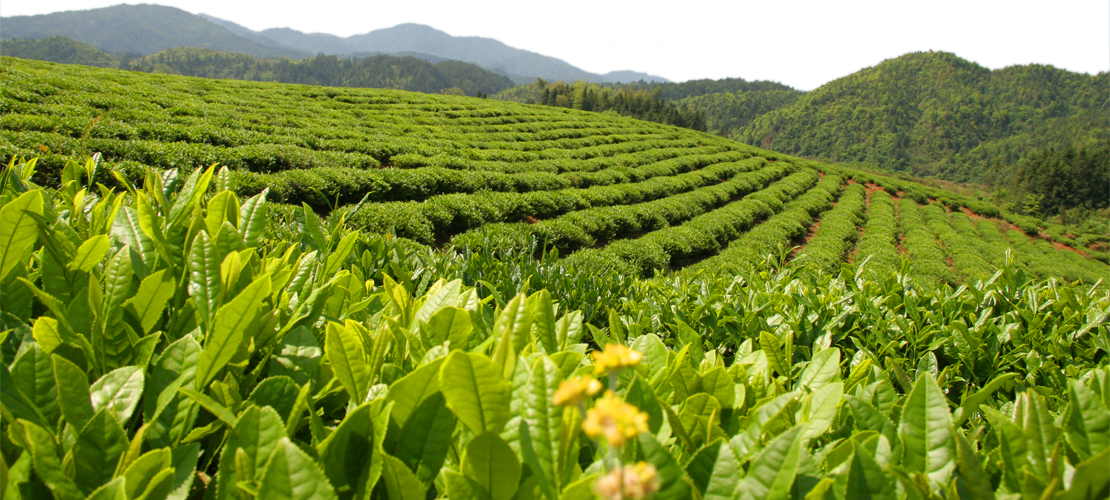
The White Jasmine Branch, painting of ink and color on silk by Chinese artist Zhao Chang, early 12th century.
At Little Red Cup, we focus on offering certified organic and Fair Trade, traditional Chinese teas, and what could be more traditional than green jasmine tea?
In China, one of the customary greetings is still “sit down, have some tea,” and in Northern China this tea is most often jasmine.
Our jasmine tea is from Jiangxi Province, but jasmine tea is also produced in Fujian, Zhejiang, Hunan, and Jiangsu.
This is not to say that China is the only country that produces jasmine tea. The signature floral aroma and taste of jasmine flowers make this tea extremely popular all over the world, and significant amounts are also produced in Japan and Vietnam. Chinese jasmine tea is often made with green tea, but jasmine black and jasmine white teas do exist.
Many lower grade and non-organic jasmine teas are scented with artificial extracts and oils. Ours, of course, is not.
The process for making this tea is quite fascinating. The green tea leaves are picked in the spring and stored until the summer, when jasmine flowers bloom. The flowers are picked very early in the morning, when they are still tightly closed. These harvested flowers are then kept in a cool room until they open during the night. Once the flowers have opened, the wonderful aroma of the flowers is ready to be infused into the tea leaves.
Two different methods are used to impart the green tea with the jasmine scent. One method involves placing alternating two-inch layers of green tea and jasmine flowers in a wicker basket. During this process, the flowers open up even more and release their oils into the leaves. The flowers sit with the tea for one day and are then removed.
In the second method, the opened jasmine flowers are piled next to a mound of tea leaves. The tea absorbs the jasmine scent for a few hours. The flowers release all of their oils and are then brushed away using large fans. This process is repeated at least twice, but can be repeated several times for the highest grades of jasmine tea. This is how our Jasmine tea is scented, and the reason that you’ll find a petal or two among the tea leaves.
After the jasmine flowers are removed, the tea is then dried yet again, because it absorbs so much moisture from the jasmine flowers during the production process.
Our Jasmine Green tea makes a comforting hot tea for all seasons, as well as a wonderful and refreshing iced tea for the warm summer weather we are having in Maine.

